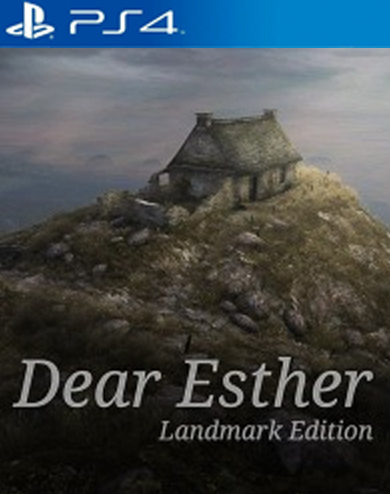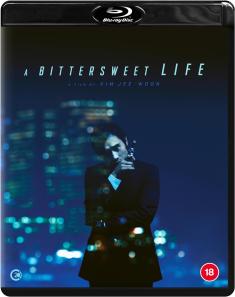Dear Esther: Landmark Edition
Overview -
'Dear Esther' was originally released as a 'Half-Life 2' mod in 2008. Its usage of an experimental narrative garnered enough attention from the mod community to convince developer The Chinese Room to start work on a fleshed-out standalone version. The commercial release of 'Dear Esther' was then released in 2012. Four years later, the developer has rebuilt the game in Unity in order to release 'Dear Esther: Landmark Edition' on PC and consoles.
Video Review
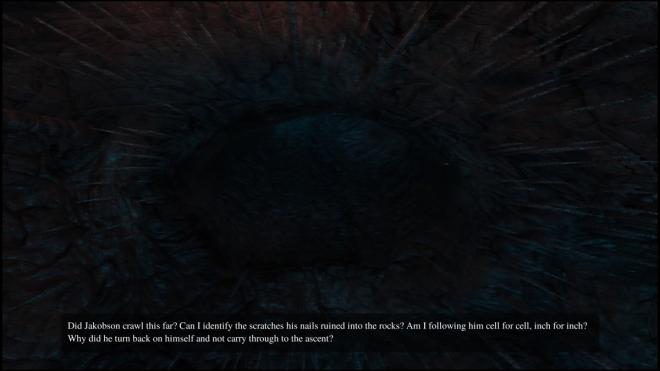
'Dear Esther' drew unanimous praise for its visual design in 2012, as it looked shockingly good for a game running on Valve's Source engine. The 'Landmark Edition' features the same locales completely rebuilt in Unity, and it looks even better than before. Despite the better looking textures, it's not quite as impressive visually as it was four years ago. Games have improved a lot from a graphical standpoint, and even The Chinese Room's most recent game 'Everybody's Gone to the Rapture' looks much nicer. That said, the island has been updated with an extra layer of detail, and it has been brought to life with added environmental objects that weren't in previous versions of the game.
Audio Review
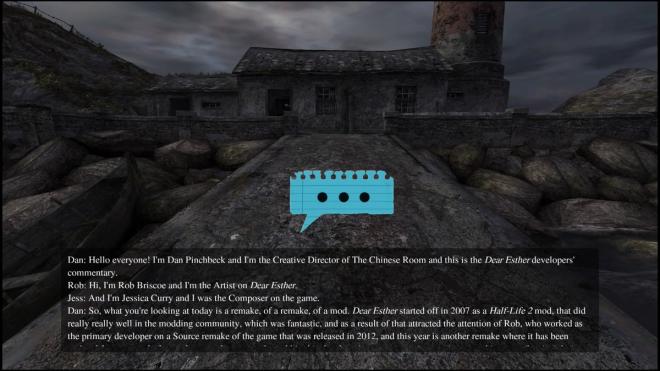
A beautiful orchestral soundtrack composed by Jessica Curry accompanies the player while they walk through the world of 'Dear Esther.' The music is sparse, but meaningful, as ambient noise plays during most of the game. This allows for the music to be more powerful when it does occur, and it often only plays during major moments (such as discovering a house for the first time). It really speaks to how less can be more, as each individual piece of music is memorable due to it happening so rarely.
The game's narrative is also carried by the voice acting of Nigel Carrington. The British actor has a powerful, eccentric delivery of lines that keeps the player's attention throughout. This is important as Carrington's voice is the only spoken dialogue heard throughout the entire game, so if the performance wasn't good then the story wouldn't be nearly as interesting or as captivating as it ends up being.
Final Thoughts
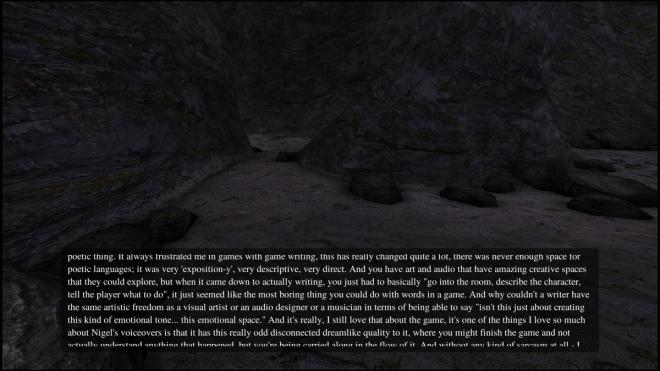
'Dear Esther' helped spark a trend of narrative-focused indie games, and it's great to see it celebrated in such a nice package. The 'Landmark Edition' is the best way to experience The Chinese Room's gorgeous adventure, and the developer commentary is a fantastic addition. It's well worth the price of admission, whether one has played the original or are just experiencing it for the very first time.
